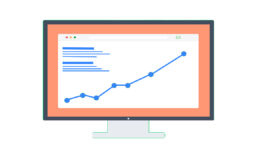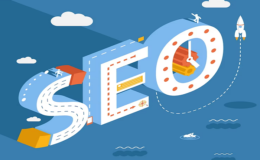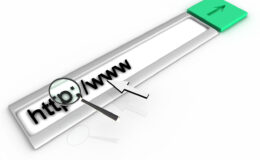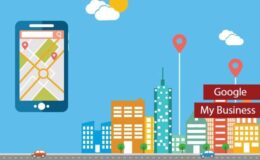
Home pages, content pages and landing pages


Every page has a different role on your website
It might be to provide a general introduction to your business, to view a specific product or service, or to complete a purchase. Pages of your website need to have an objective, and audience, and almost always, a call to action to encourage your visitor to take the next step. These are the similarities, but what are the differences?
Home Page: The Basics
To use a familiar analogy, the home page is the window display of your physical shop. It should tell visitors a bit about what they can expect from inside, like what you sell, your point of difference, and importantly, give someone a general feeling of your business—whether corporate, quaint, or B2B. This is your business aesthetic in digital form.
What’s more, it needs to grab attention—and fast. In fact, the average visitor will spend less than 10 seconds on your home page.
That means that all those paragraphs that you so lovingly crafted about all your individual services don’t belong here, because they won’t get read. You’ll want a great image to lead the page, something that tells a story about your business without asking for too much attention from your reader. Pick a colour scheme that is cohesive and inviting, and continue it throughout your site.
As the entry point to your website for general searchers, or window shoppers, your home page has another important function: to guide people to where they need to go. Without the luxury of a sales assistant who will greet your customer and direct them to the product they require, you have to rely on a simple, logical and clear navigation bar that helps the visitor do all that for themselves.
When you’re brainstorming your customer journey strategy, you’ll want to put yourself in the shoes of your customers at different stages. What is the first thing they might want to know about you, and is it easy for them to get there? Are they going to bother sticking around—are they being enticed? As well as a navigation bar, your home page should have headlines that are punchy and anticipate the customer need, before solving that problem with a call to action button, asking them to do something, like ‘donate’ or ‘call us’ or ‘learn more’.
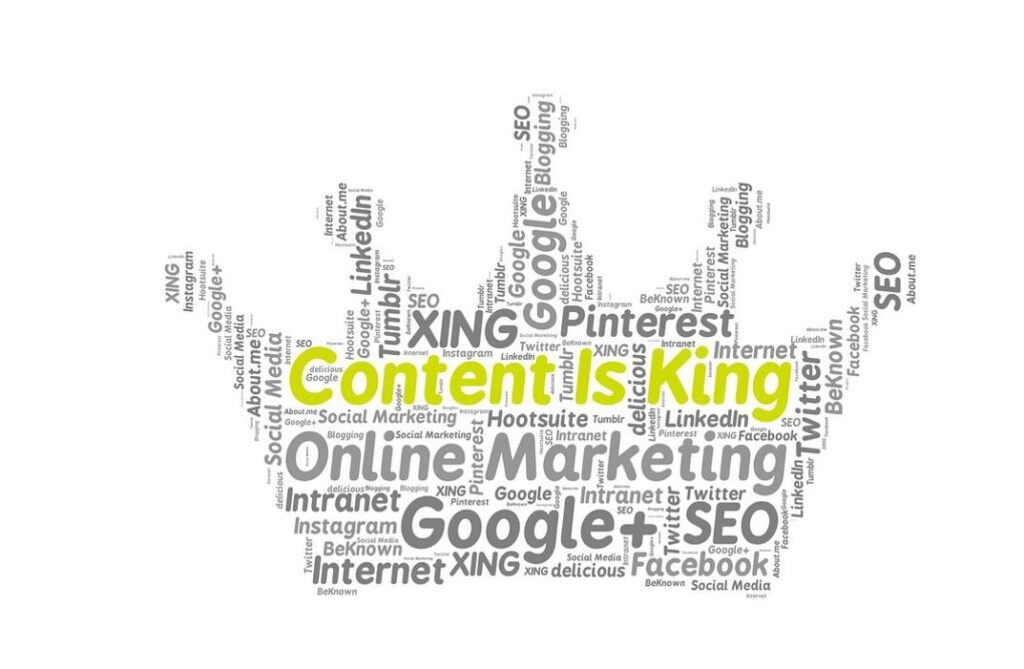
Content Pages: The Basics
That ‘learn more’ button will most likely direct the visitor to what we call a content page. These are the guts of your website, or the rooms of a house. For a service-based business, your different services will probably be individual content pages. This is where you can get stuck in to what you do, how you can help, and provide some more detail for the customer. After all, by clicking through to this page (providing your navigation is logical), they’re indicating to you that they want all the information they can get.
When you’re mapping out your customer journey, these pages should cover those in the consideration and decision-making stages. What can you do to convince them that your product is right for them? They’ll want information, images, before and after shots, case studies and testimonials to vouch for you. And of course, a call to action to let them now how to take the next step in the buying process.
If the home page is a general overview of your business, the content pages get specific about a particular aspect of what you offer.

Landing Pages: The Basics
Landing pages actually have two functions. The first, as most people know them, is to lead people into your site from another entrance. Think of them as another doorway to your physical shop, but one that leads straight to the showroom.
For example, if you own a plumbing business, and someone searches for a plumbing keyword, they might end up on your home page. It makes sense, because they haven’t given you any more information, so you can’t help them any further in that first step. But if someone searches for leak repair, then you can deliver them straight to the relevant landing page. It makes the journey easier for them, and also gives you so many search engine optimisation benefits. You’ll have more well-ranked pages, as well as being able to provide a better customer experience.
The other aspect to landing pages, which is actually the most important, is to turn site visitors in to leads. Once a visitor has browsed through your content pages, you might be able to offer them something more that they want, like education content, an ebook, or a free download. They now trust your brand, and you’re offering them free resources to help them further.
A landing page helps to capture the customer information in return for that free resource. That way, your window shopper is now a certified lead—and ready to be nurtured for future sales. Your landing page needs to the elevator pitch version of your story to sell the customer this free asset. It is conversion-focused, that means cutting away all that is unnecessary and just getting people to click on that download button.
The beauty of landing pages is that they can be built for specific advertising campaigns. Perhaps you’re running a Facebook ad, or a Google AdWords campaign. Clicking on your ad can direct a customer straight to your landing page—converting them instantly and essentially bypassing the entire journey (if they’re ready to). You should expect your landing pages to convert at a rate of anywhere from 20%–40%, much higher than what you would expect from any other page.

